Rising Demand for Herbicides
The increasing demand for effective herbicides is a primary driver in the Penoxsulam Market. As agricultural practices evolve, farmers seek solutions that enhance crop yield while minimizing environmental impact. Penoxsulam Market, known for its efficacy against a wide range of aquatic and terrestrial weeds, is gaining traction. The herbicide market is projected to grow at a compound annual growth rate of approximately 5.5% over the next few years, indicating a robust demand for products like Penoxsulam Market. This trend is further fueled by the need for sustainable farming practices, as farmers aim to reduce chemical usage while maintaining productivity. Consequently, the Penoxsulam Market is likely to benefit from this growing preference for environmentally friendly herbicides.
Technological Advancements in Agriculture
Technological advancements in agricultural practices are significantly influencing the Penoxsulam Market. Innovations such as precision agriculture and integrated pest management are becoming increasingly prevalent. These technologies enable farmers to apply herbicides more efficiently, reducing waste and enhancing effectiveness. The adoption of drones and satellite imagery allows for targeted application of Penoxsulam Market, optimizing its use and minimizing environmental impact. Furthermore, the market for precision agriculture is expected to reach USD 12 billion by 2027, suggesting a favorable environment for the adoption of advanced herbicides. As these technologies continue to evolve, the Penoxsulam Market is poised to experience growth driven by enhanced application methods and improved crop management.
Expansion of Crop Varieties and Applications
The expansion of crop varieties and applications is a notable driver in the Penoxsulam Market. As new crops are introduced and cultivated, the demand for specialized herbicides increases. Penoxsulam Market's versatility makes it suitable for a range of crops, including rice and various vegetables, which are experiencing growing market demand. The global market for specialty crops is projected to reach USD 100 billion by 2025, indicating a substantial opportunity for herbicides that cater to these crops. This expansion not only broadens the application scope for Penoxsulam Market but also enhances its market potential. As farmers diversify their crop production, the Penoxsulam Market is likely to see increased utilization of this herbicide to manage weed populations effectively.
Regulatory Support for Sustainable Practices
Regulatory support for sustainable agricultural practices is shaping the Penoxsulam Market. Governments worldwide are implementing policies that encourage the use of environmentally friendly herbicides. This regulatory landscape is conducive to the adoption of Penoxsulam Market, which aligns with sustainability goals. For instance, initiatives aimed at reducing chemical runoff and promoting integrated pest management are gaining momentum. The market for sustainable agricultural inputs is expected to grow significantly, with estimates suggesting a value of USD 20 billion by 2026. This regulatory push not only enhances the credibility of products like Penoxsulam Market but also encourages farmers to adopt practices that are both economically viable and environmentally responsible. As such, the Penoxsulam Market stands to benefit from these supportive regulatory frameworks.
Increased Focus on Weed Resistance Management
The growing concern over weed resistance is a critical driver for the Penoxsulam Market. As herbicide-resistant weed populations become more prevalent, the need for effective solutions is paramount. Penoxsulam Market offers a unique mode of action that can help manage resistant weed species, making it an attractive option for farmers. The market for herbicides that address resistance issues is projected to expand, with an estimated growth rate of 6% annually. This trend underscores the importance of developing and utilizing herbicides like Penoxsulam Market that can effectively combat resistant weeds. Consequently, the Penoxsulam Market is likely to see increased adoption as farmers seek reliable solutions to maintain crop health and productivity.


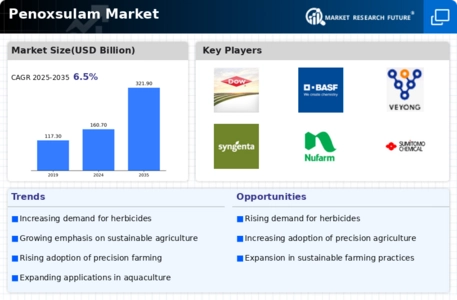
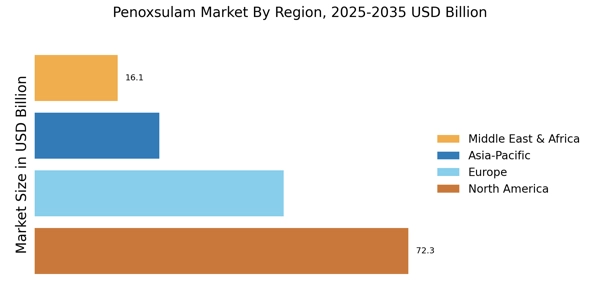
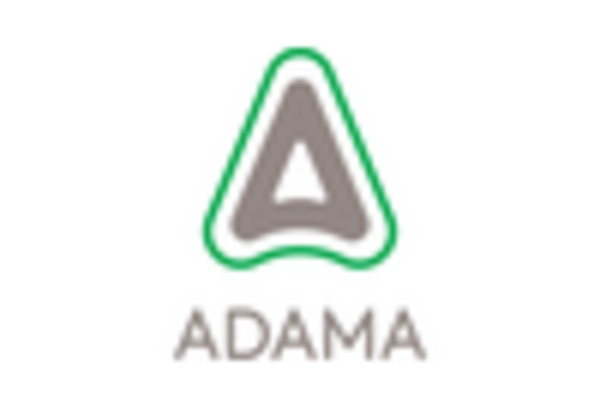

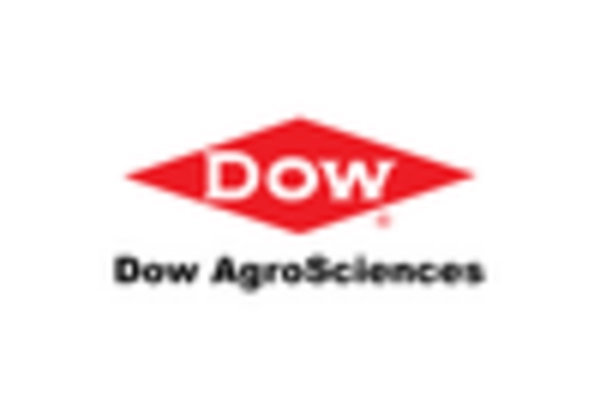
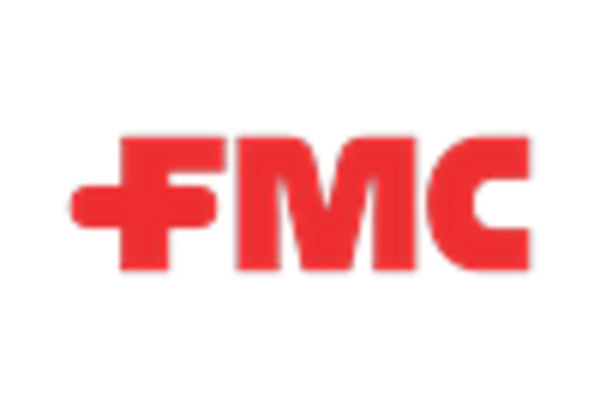
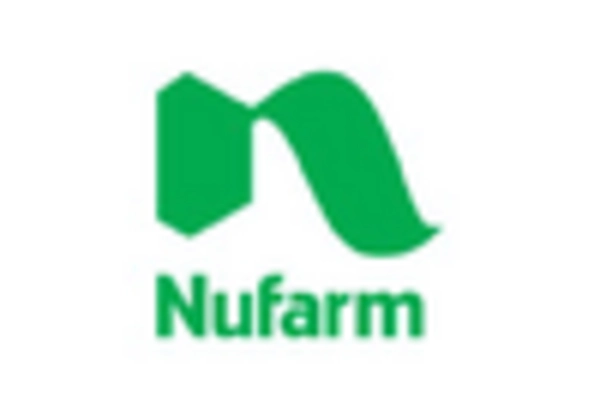
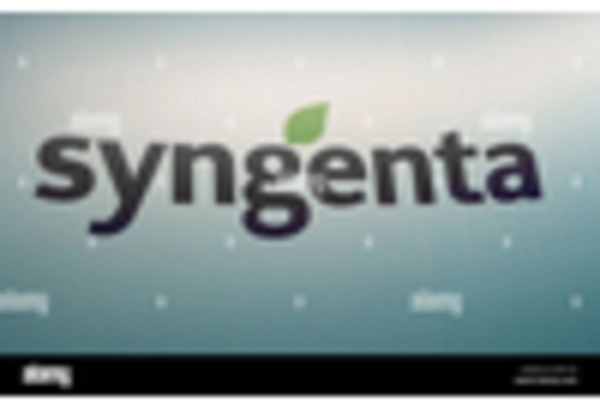








Leave a Comment